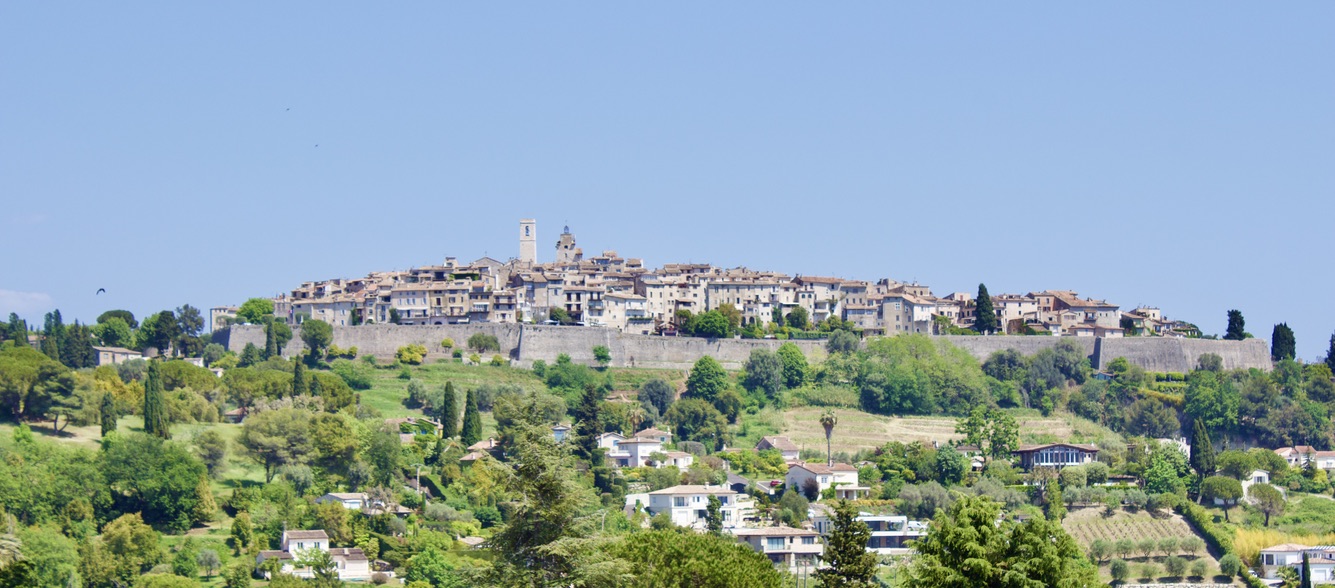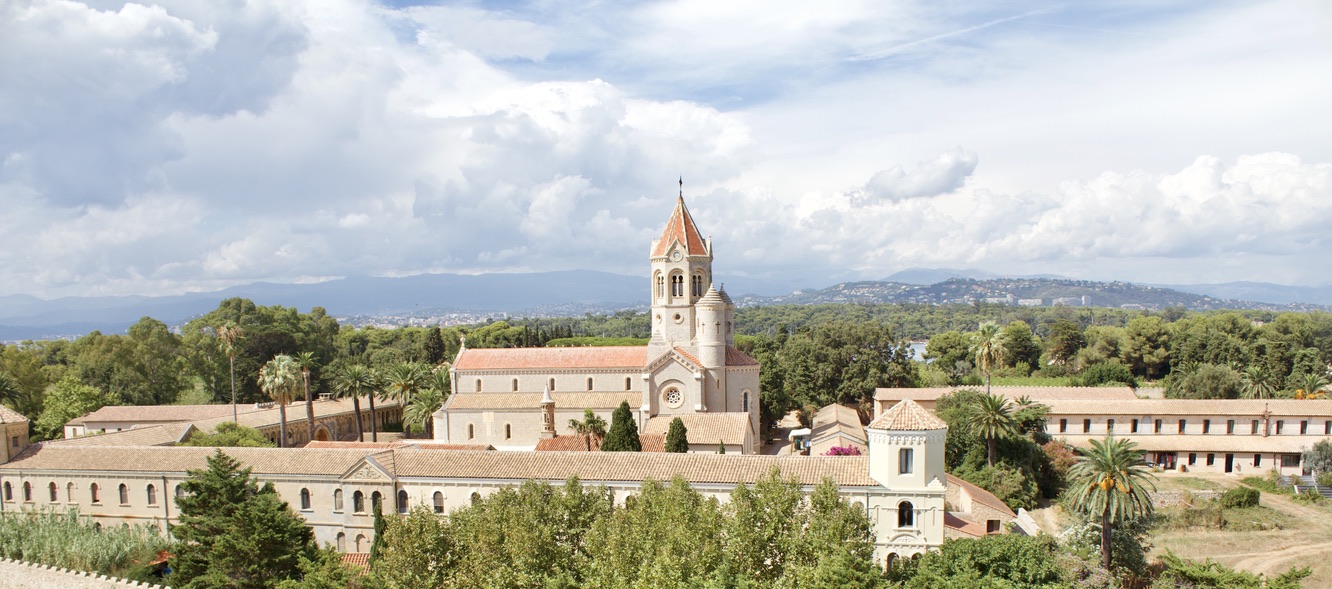PROVENCE: TOURISM, CUISINE AND WINE TASTING

Provence possesses scores of treasures such as its cities, villages, castles, vineyards, and a multitude of cultural attractions that appeal to visitors.
There are many choices of destinations and discoveries to be made in Provence.
Every city and village, castle or vineyard has its own story waiting to be told, cultural features, arts, crafts, and life styles to showcase.
The destinations in Provence profiled in our site are built around three main themes: history, art, and tasting visits featuring local cuisines and fine wines. Our approach is designed to afford the visitor a first-hand opportunity to understand the culture of Provence, by treating you to traditional gourmet dishes, as well as the oldest wines of France - the wines of Provence.
Visits to historical monuments and museums will be enhanced with a course tasting at a local restaurant and wine tasting at a local vineyard, visits to an art gallery, a pottery workshop, or a glass-making shop, scented candles or ancient ceramics - all discoveries designed to provide multiple exposures to the variety life styles commonly found in Provence.
THE REGION OF PROVENCE: “ONE DAY - ONE VISIT”
The concept of destinations is summed up by idea “one day - one visit”. Proposed destinations bring together places to visit, fine dining and wine tasting in a given city, town, or village.
Historical and artistic monuments, places to dine and experience wine tastings, in restaurants or nearby vineyards are grouped in a manner intended to make the most of your time in a given destination while enabling one to familiarize oneself with all the best the Provencal lifestyle has to offer.

The Provencal region covers 6 departments: Alpes-Maritime, Var, Bouches-du-Rhône, Vaucluse, Alpes de Haute-Provence, Hautes-Alpes.
Even if sometimes common events unify this region, every town and every village has its own identity, traditions and defining character.
Our goal is to share with others the most memorable of destinations known through our experience, pleasant to visit and revisit in Provence. We hope to share our passion for this beautiful region.
SOME NOTABLE “MUST SEE” SIGHTS IN PROVENCE
Saint-Paul de Vence
This is a village with a modern and contemporary artistic heritage. Situated in the department of Alpes-Maritimes of Provence-Alpes-Côte d'Azur region, the medieval village of Saint-Paul de Vence is renowned for its artistic spirit. The irresistible charm of Saint-Paul de Vence derives from an artistic tradition that can be traced back to many of the great visual artists of the 20th century, Miro, Matisse, Chagall, Picasso, Léger, and Folon.

Biot
Biot is situated in the department of Alpes-Maritimes of Provence-Alpes-Côte d'Azur region. Its story is closely associated with pottery, the guilds which specialized for centuries in the making of jars and large storage containers for wines and foodstuffs and glass making, in particular, its famous ‘bubble glass’. Indeed, in 1997, Biot was officially designated as a "City of Arts and Crafts" for its original glass and glasswares, memorialing both the expertise of local craftsmakers and the venerated traditions of the town. Many studio glassmakers, potters, jewelers, painters, decorators, and leather workers are active in the historic town center and in the immediate vicinity of Biot.
Arles
Situated in the Rhône river delta, at the foot of the Alpilles, in the department of Alpes-Maritimes of Provence-Alpes-Côte d'Azur region, the town of Arles has a rich historical and architectural heritage dating from the time of the Roman Empire, the Medieval, and Renaissance periods. Since 1986, the city has been also classified as a “City of Arts and History".
Chartreuse de la Verne
Located in the heart of the Massif des Maures, in the municipality of Collobrière in the Var department, in of Provence-Alpes-Côte d'Azur region, the Chartreuse de la Verne was designated as a Historical Monument in 1921 and 1976. The founding of the "Chartreuse de la Verne" came to pass in 1170, when the local bishop decided to install one of the groups of the Carthusian Order at the site.
The history, customs, and life of the Charterhouse were directly related to those of the Carthusian Order formed within the Roman Catholic church during the 11th century, with a unique emphasis on Carthusian monastic values and traditions.
Abbey of Thoronet
This Cistercian Abbey was founded in 12th century. The Abbey Thoronet is one of three Provencal abbeys built in the Cistercian style during the Romanesque period. Situated in the town Thoronet, in the Var department of Provence-Alpes-Côte d'Azur region, it was designated a "Historic Monument" in 1840.
Grasse
Situated in the department of Alpes-Maritimes of Provence-Alpes-Côte d'Azur region, Grasse is known primarily for its historical role as a center for the production of perfumes and fragrances.
The production of fragrances, perfumes, and flavorings in Grasse is industrial in scale: its collective annual outputs account for nearly half the production in all of France. Indeed, Grasse based enterprises produce approximately 7-8% of total global production.
The historical and artistic heritage of Grasse, in its diversity from prehistory to the 21st century is presented through its monuments and museums, including Grasse Cathedral, the Museum of Art and History of Provence, Provencal Museum of Costume and Jewelry, and the Fragonard Museum.
Fréjus
Fréjus is located on the seafront at the foot of the Maures and Esterel hills, in the Var department of Provence-Alpes-Côte d'Azur region.
Originally named Forume Juilii, the town of Fréjus has a rich historical and architectural heritage dating from the time of the Roman Empire and throughout the Medieval period. Since 1987, the city has been also classified as a “City of Arts and History".
Vaison-la-Romaine
It has a rich historical and architectural heritage dating from Roman Empire and the Medieval periods. The city is best known for its splendid Roman remains and Roman bridge.
Among the town’s notable historical monuments are the chapel of Saint Quenin and the ancient theater. Today, the ancient theater is a concert venue.
Moustiers Saint Marie
The village is located in the departments of Alpes-de-Haute-Provence, in Provence-Alpes-Côte d'Azur region. Moustiers-Sainte-Marie is known primarily for its earthenware.
This medieval city is located between two rocky cliffs 630 m above sea level and not far from Verdon canyon. It is listed as one of the most beautiful village of France.
Moustiers-Sainte-Marie owes its origin and its name (monasterium) to a colony of monks who were led by the Bishop Maxime of Riez starting from the year 432 AD.
Initially, a community of monks from Lérins settled in the surrounding tufa caves. Later, during the sixth century, they founded a monastery.
By the end of the seventeenth-eighteenth centuries, Moustiers had become well known for its factories which produced very reputable, high quality, earthenware.

Cannes
Cannes is located in the department of Alpes-Maritimes of Provence-Alpes-Côte d'Azur region.
The city of Cannes possesses an important historical and architectural heritage tied to the Lérins Islands: the fortified monastery on the island of Saint-Honorat, the royal fort on the island of Saint-Marguerite, the Ball ovens.




